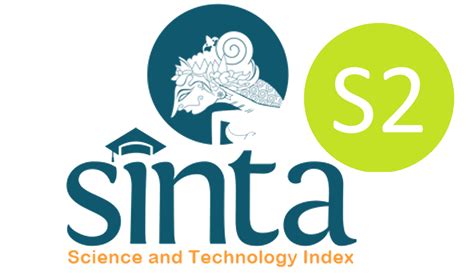Jurnal Pendidikan Geografi: Kajian, Teori, dan Praktek dalam Bidang Pendidikan dan Ilmu Geografi
Abstract
This study seeks to explore and analyze the production of the upstream area of the river on the western Anjasmoro flank as a tourism site in economic recovery post-COVID-19. The focus of this research is on the spatial practice, representations of space, and representational spaces carried by the migrants on the flanks of Mount Anjasmoro. The informants were determined using the snowball technique with a subject of seven informants consisting of three key informants and four supporting informants. The results showed that the spatial practice was observed from the method by which migrants obtained the place they desired, and the local society survived as a form of their existence during the COVID-19 pandemic. Second, the representation of the upstream river area has undergone a complex transformation. The land that was originally used as productive land has turned into built-up land, creating a gap between local society and migrants that triggers spatial conflicts. Third, the representational space of an agropolitan area into a tourist destination is created and advertised worldwide to accelerate its marketing and consumption. In the end, the production of upstream river areas carried out by migrants presents a positive impact on the economy of local society, as it increases their economy.
Recommended Citation
Hidayat, Muhammad Nur and Winanda, Nieke Rudyanty
(2024)
"The production of upstream space (area) of river as tourism site in economic recovery post-COVID-19,"
Jurnal Pendidikan Geografi: Kajian, Teori, dan Praktek dalam Bidang Pendidikan dan Ilmu Geografi: Vol. 28:
No.
1, Article 6.
DOI: https://doi.org/10.17977/um017v28i12023p64-74
Available at:
https://citeus.um.ac.id/jpg/vol28/iss1/6




